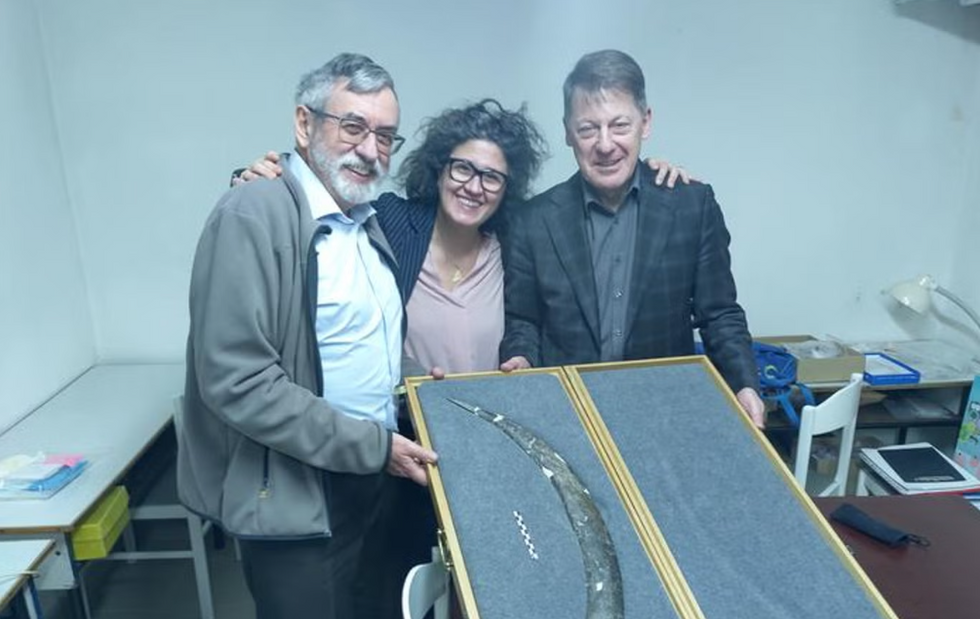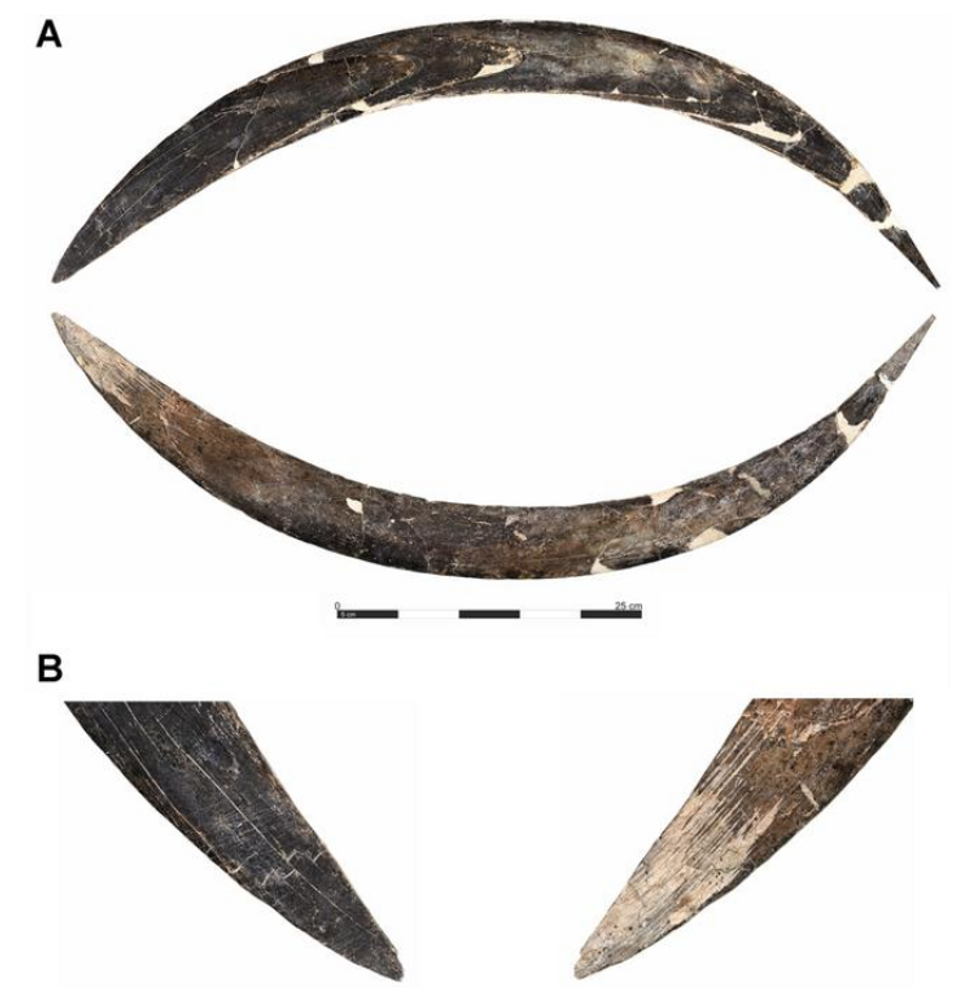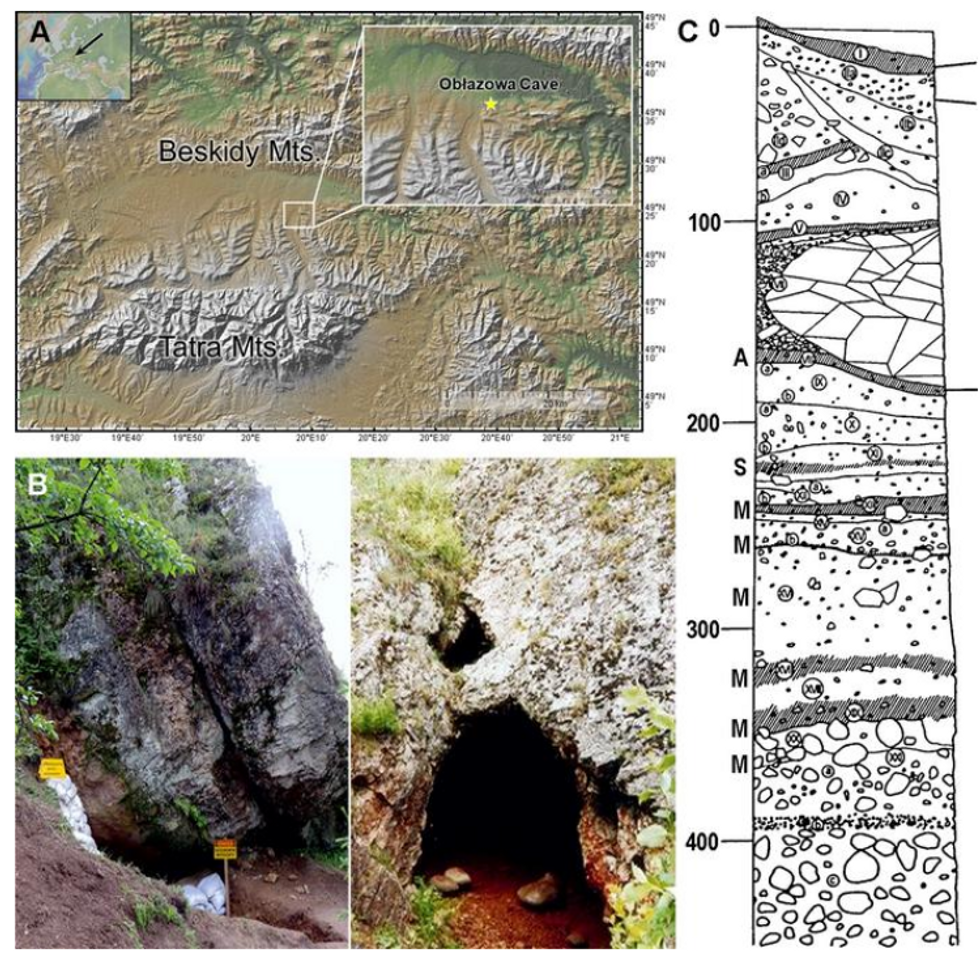Archaeologists discover 'world’s oldest boomerang' in Europe

The ivory boomerang bears a resemblance to the 'Queensland-type of Australian boomerangs'
Don't Miss
Most Read
Archaeologists have unearthed what could be the world's oldest boomerang in a Polish cave, fashioned from a mammoth tusk.
The ivory artefact, which dates back nearly 40,000 years, was discovered at the Obłazowa cave alongside what appears to be a fossilised human finger or toe bone, according to research published in PLoS One.
Scientists from institutions including Jagiellonian University in Poland suggest this find predates the previously oldest-known boomerang by approximately 30,000 years.
The former record holder, a wooden boomerang from Wyrie Swamp in South Australia, was dated to approximately 10,000 years ago.

Archaeologists have unearthed what could be the world's oldest boomerang in a Polish cave, fashioned from a mammoth tusk
|Talamo et al via Eurekalert
This remarkable discovery challenges existing assumptions about early human tool-making and the geographical origins of boomerang technology.
The ivory boomerang bears a resemblance to "Queensland type of Australian boomerangs".
Experiments suggested it could function as a "non-returning boomerang", researchers noted.
Unlike most ancient boomerangs, which were primarily discovered in Australia and crafted from wood, this mammoth tusk specimen demonstrates the ingenuity of early Homosapiens in utilising available materials, with the artefact's markings offering crucial insights into the cultural practices and symbolic behaviours of early European communities.
LATEST DEVELOPMENTS:

The Boomerang made of mammoth tusk of Obłazowa Cave
|Talamo et al via Eurekalert
Europe's oldest wooden throwing stick, found at Schöningen in northern Germany, dates back approximately 300,000 years.
In prehistoric Australia, Aboriginal peoples used various curved sticks for hunting birds, fish and small mammals.
Central Australian finds reveal "non-returning boomerangs" served multiple purposes.
These include "butchering animals, digging wells or cooking pits, scraping hot ashes from cooking carcasses, retouching stone weapons, and even producing musical sounds".

Location of Obłazowa Cave in the Podhale basin
|Talamo et al via Eurekalert
These findings suggest "an emerging regional artistic identity" from 40,000 years ago, researchers stated.
They drew comparisons with "the distinct regional traditions observed in Europe such as the ivory figurines and flutes of the Swabian Jura".
The human digit fossil found alongside the boomerang may point to shamanistic practices. "This interpretation draws parallels with rock art evidence of portrayed human hands with missing digits found in the Iberian Peninsula and France," archaeologists explained.
"The findings not only deepen our understanding of Homo sapiens' adaptive strategies but highlight the nuanced interplay of technology, symbolism, and environmental interaction during the earliest phases of human dispersals in Central Europe," the study concluded.











